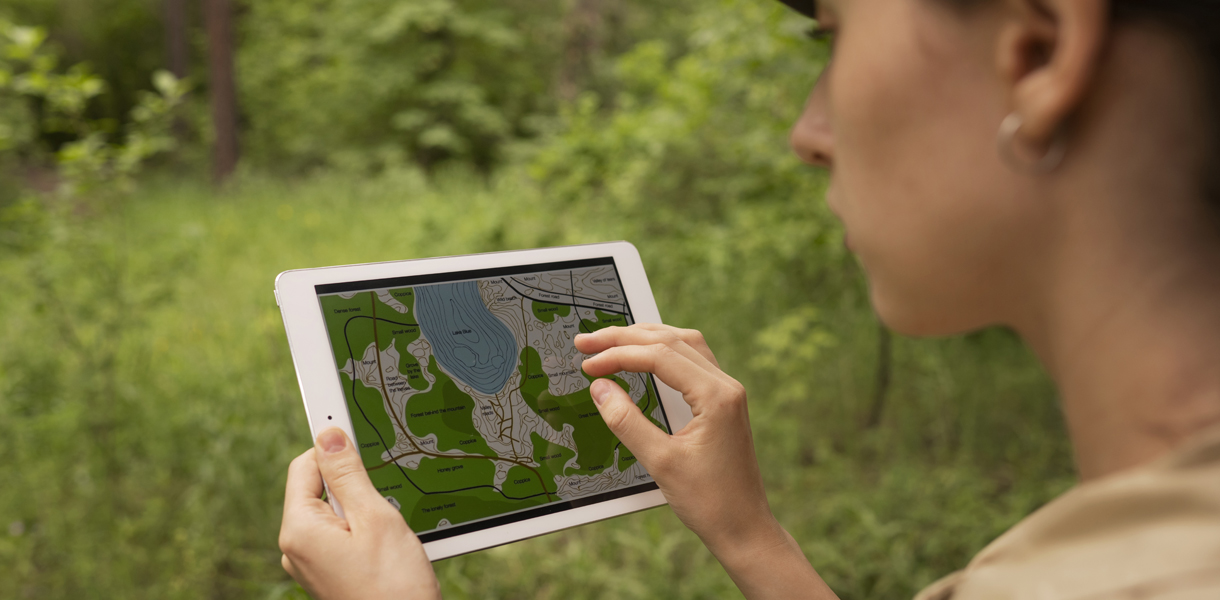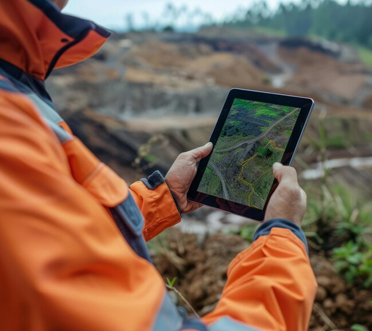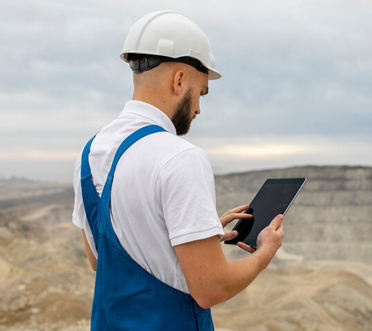Digital Land Survey
Digital land surveying refers to the use of digital technology, such as GPS (Global Positioning System), GIS (Geographic Information System), and remote sensing, to gather, analyze, and manage spatial data related to the physical features of the land. Traditional land surveying involves physically measuring and mapping the terrain, but digital land surveying streamlines this process by utilizing electronic devices and software.




